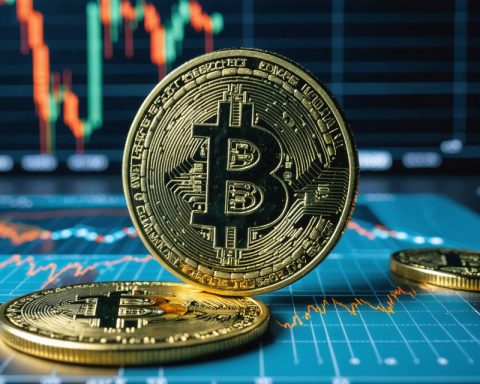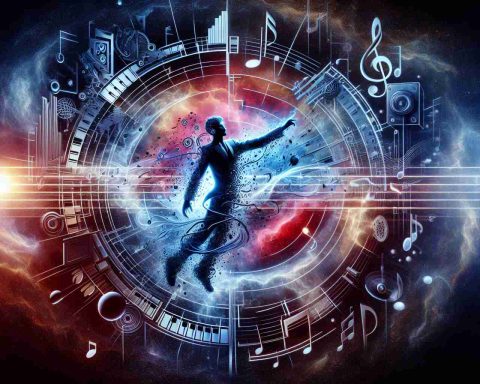Understanding Cosmic Time
Every glance at the night sky reveals fascinating truths about time. When we gaze at distant mountains, such as one 100 kilometers away, we actually see it as it was 33 microseconds ago. This slight delay illustrates how light travels across vast distances, revealing a glimpse into the past.
The Earth and Moon, though seemingly close, are separated by a distance where light takes about 1.25 seconds to reach us from the Moon. In contrast, the Sun, positioned 150 million kilometers away, sends us light that is already 8 minutes and 20 seconds old. We are constantly in the presence of history as we observe these cosmic phenomena.
As we venture further into space, things get even more intriguing. Pluto, our most distant planetary neighbor visited by a spacecraft, takes light more than 5 hours to arrive, presenting us with an image from the past that is over five hours old.
Proxima Centauri, the nearest star, is a staggering 4.24 light-years away. By the time its light reaches us, it carries a record of events that occurred over four years ago. Meanwhile, stars like Sirius, shining brightest in our night sky, illuminate our world with light that left them 8.6 years prior.
From nearby celestial bodies to distant galaxies, the universe is a vast time capsule, resonating with light that tells the stories of ages long gone.
Unraveling the Mysteries of Cosmic Time: A Journey Through the Universe
Understanding Cosmic Time
The concept of cosmic time presents an enthralling exploration into the very fabric of the universe. Every twinkling star and distant planet serves not just as a celestial body but also as a messenger from the past, revealing crucial insights into the nature of time itself.
How Cosmic Time Works
Cosmic time is fundamentally tied to the speed of light, which dictates how we perceive distant objects in the universe. Light travels at approximately 299,792 kilometers per second (or about 186,282 miles per second), and this immense speed means that observing any celestial body involves witnessing light that has traveled vast distances over varying periods.
1. Distant Objects and Light Travel Time:
– When we observe the Moon, we see it as it was 1.25 seconds ago.
– The Sun, located 150 million kilometers away, illuminates our days with light that left it 8 minutes and 20 seconds in the past.
– The dwarf planet Pluto, at the edge of our solar system, sends light that takes over 5 hours to reach Earth.
2. Nearby Stars:
– Proxima Centauri, the closest star to our solar system, lies 4.24 light-years away, meaning we see it as it was over 4 years ago.
– In contrast, Sirius, one of the brightest stars in the night sky, emits light that reaches us 8.6 years after it was produced.
These time delays illustrate not only the immense scale of the universe but also how our view of it is an encounter with history.
Pros and Cons of Cosmic Observations
Pros:
– Historical Insight: Examining light from distant objects allows astronomers to study the history and evolution of the universe.
– Understanding Cosmic Events: Events such as supernovae provide valuable data that can inform theories about stellar life cycles.
Cons:
– Communication Delays: For potential human exploration of other star systems, the time delay in communications could hinder real-time interactions.
– Misinterpretation Risks: The inherent delay could lead to misconceptions if not properly understood, as current images reflect past states rather than present realities.
Applications in Modern Astronomy
Astrophysicists constantly utilize the principles of cosmic time to:
– Study Cosmic Events: By analyzing light from supernovae and other stellar phenomena, they can determine the distance and age of galaxies.
– Map Cosmic Evolution: Programs like the Hubble Space Telescope and the upcoming James Webb Space Telescope capture images from various epochs of the universe, helping to trace its expansion and evolution over billions of years.
Innovations Impacting Our Cosmic Understanding
– Technological Advances: The development of more sensitive telescopes capable of detecting faint cosmic signals enhances our understanding of light and time across the universe.
– Computational Models: Sophisticated simulations help predict and visualize the cosmic timeline, making it easier to understand event sequences in the universe’s history.
Conclusion
Understanding cosmic time is crucial for grasping our universe’s vastness and structure. The interplay between light, distance, and time illuminates not just the night sky but also the history woven into the cosmos itself. Embracing this knowledge opens pathways to new discoveries and deeper insights into the nature of reality.
For more information, visit NASA’s official site for the latest discoveries in space and the cosmos.


















